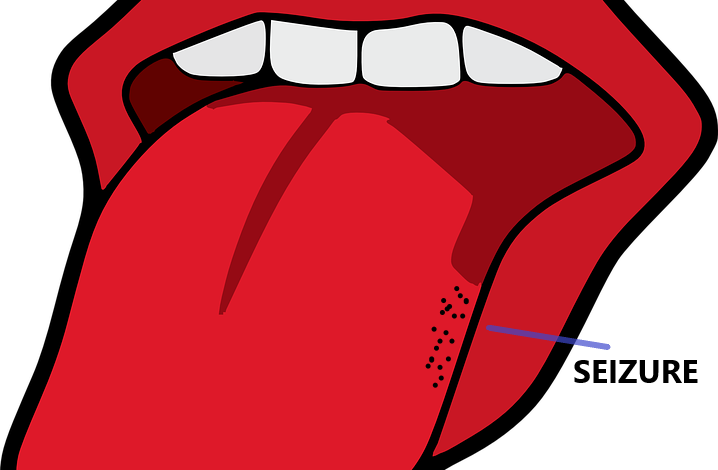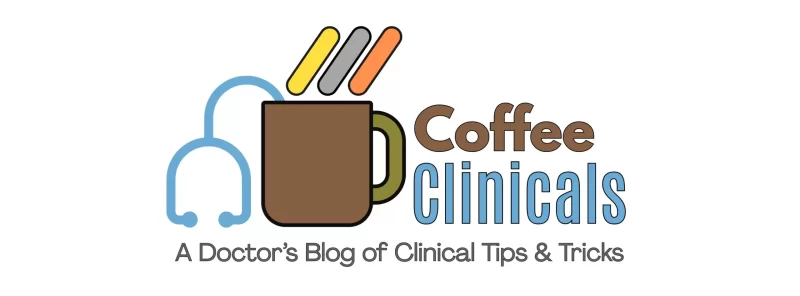
Raise your hand if an unwitnessed passing-out spell where your patient does not recall much is a very perplexing issue to you 🙋🏽♂️. Not only are the diagnostic possibilities several, but the diagnostically useful clinical effects & after-effects of the event may vanish by the time this becomes your problem.
I will write more on this later but for any passing-out spell, getting as much history on what happened BEFORE, DURING and AFTER event is a crucial first step for puzzle-solving. For clinically guessing if a true seizure was involved, I also look for : C – Continence loss of bladder/bowel, C – Confusion post-ictal, C – Compliance issue with anti-seizure meds, C – CVA-like weakness after (Todd’s paralysis), C – CK & Prolactin elevation and C – CUT OF TONGUE. EEGs aren’t always available and they too lose their utility as time passes post-event. (After 24 hours, diagnostic utility of EEG for seizure drops to 50%)
So , a couple things about diagnostic value of tongue bites you should know:
- If you only ask your patient to stick out their tongue briefly to check for cuts, you could miss a diagnostic tongue bite. Have the patient move the tongue side-to-side and upwards too. Also look for cheek bites on the inside.
- Why is tongue bite an important clue to seizure activity? While a tongue bite may be present in less than 50% of tonic-clonic seizures but when present they are almost 100% diagnostic of a seizure (which means not very sensitive but yes pretty specific as a smoking gun !) . And guess where they tend to occur the most ? On the lateral aspect of the tongue (not as much on the top surface )
- On the other hand, a small old 1995 study found tongue bites at the tips are more suggestive of a syncope, probably due to tongue trapped between teeth when the face hits the ground.
This is not to say that you hang your hat of a certainty entirely on the patient’s tongue but this does add an important tool to your bag of diagnostic tricks !
Don’t miss these fun posts! Subscribe via email 📩 | |
